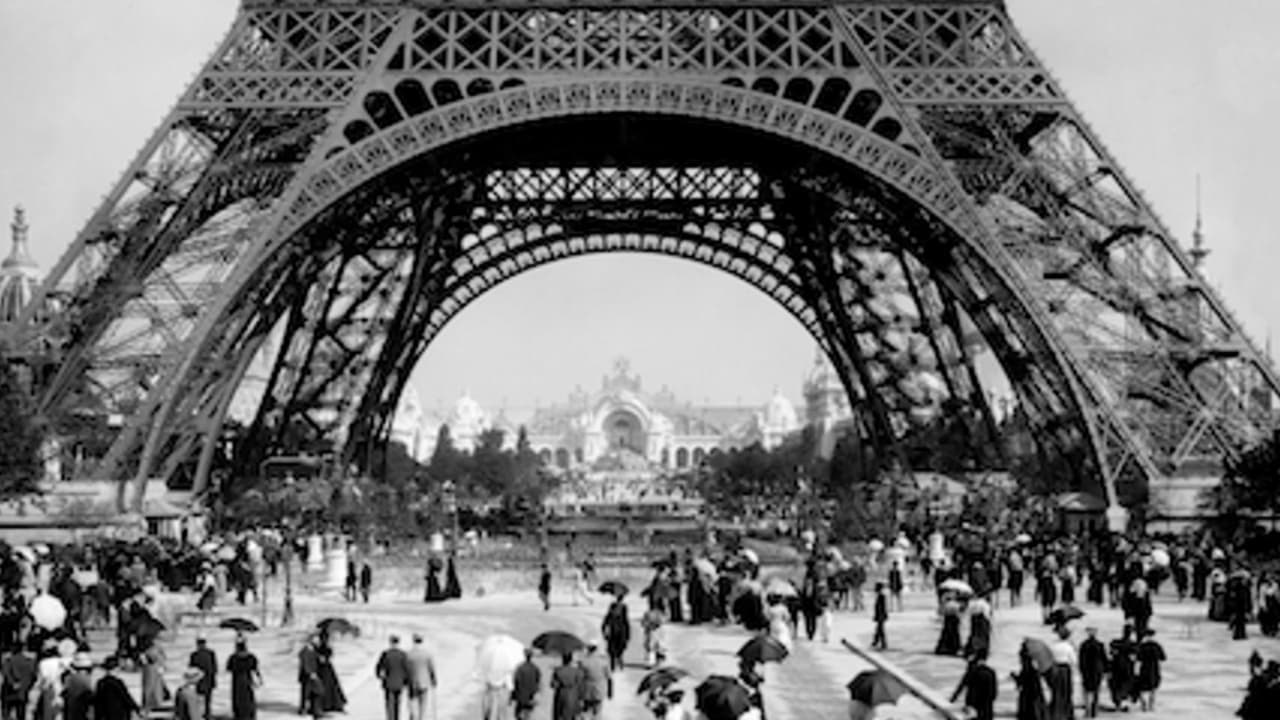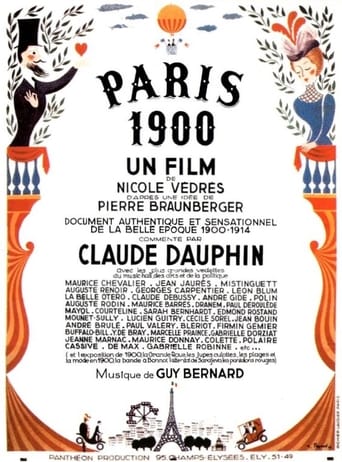

Sadly Over-hyped
... View MoreA lot of fun.
... View MoreA bit overrated, but still an amazing film
... View MoreThe storyline feels a little thin and moth-eaten in parts but this sequel is plenty of fun.
... View MoreParis 1900: LA BELLE EPOQUE 1900-1914 (1947) chronicles the period between the Paris Exposition of 1900 and the outbreak of the First World War in August 1914 and offers a nonstop stream of silent film footage documenting varied activities, cityscapes and street life in Paris in those years, with the emphasis on leisure activities for the well-to-do. There are quick segments on many subjects, including fashion, sports, women's liberation, automobiles, aviation, the Eiffel Tower, public parks, theater, painting, music, literature, and labor strife before a 20-minute finale focused on the clouds of war threatening to rain down on a period of unprecedented peace and tranquility in Europe. The film mixes staged footage and scenes from fiction films with news footage (chiefly by Pathé) and early "actualité" film clips. There is a long list of archival sources credited at the beginning of the film.There's an almost stream-of-consciousness quality to the editing as it rapidly goes from one theme to the next with the narration barely keeping pace and sometimes staying out of it entirely. The most illuminating segments, from a historical standpoint, include one on the great flood of 1910 when the Seine River overflowed its banks and threatened to turn Paris into Venice; a treatment of women's suffrage, including women operating as "cabbies" driving horse-drawn carriages through the streets of Paris; a segment on artists with shots of Auguste Rodin, Pierre-Auguste Renoir, and Claude Monet; and a segment on performers including Maurice Chevalier in a silent comedy, Sarah Bernhardt offstage, Lucien Guitry (father of Sacha, a consultant on this film) performing Moliere, and performers whose names I didn't recognize doing Oedipus Rex and Hamlet. Other famous people seen in film footage include Enrico Caruso, Buffalo Bill, opera singer Nellie Melba, writer Andre Gide and playwright Edmond Rostand ("Cyrano de Bergerac"). One segment that does not end well shows a tailor described as "a modern Icarus," rather nervously preparing to jump from the Eiffel Tower to demonstrate his creation, an attachment resembling an automobile air bag and apparently designed to inflate in flight like a parachute.Towards the end we see a peace conference involving all sorts of world leaders including King Edward VII of England and his nephew, Kaiser Wilhelm II of Germany. American industrialist Andrew Carnegie shows up to put in his bid for peace. The film briefly leaves Paris for glimpses of other countries where turmoil was building, including Austria, Russia, Greece, Turkey, and Portugal. Eventually, when war looks more and more inevitable, we see various armies marching and parading, weapons of destruction being tested, and recruits from colonies in Africa and other regions arriving in France and submitting to drilling and training. The version I saw has sardonic English-language narration voiced by actor Monty Woolley ("The Man Who Came to Dinner"), who makes it sound consistently witty even when things take a darker turn in the final stretch. The English narration was written by John Mason Brown, who had been a drama critic for the New York Evening Post and then a columnist for Saturday Review. As much as I like Woolley's narration, I wonder what the original French narration was like and if it gave the film a different overall tone. There is a lively orchestral score by Guy Bernard that accompanies almost the entire film, giving us a nostalgic sense of lost innocence in its main theme and using all sorts of period tunes and well-known cues to bolster individual scenes. Future director Alain Resnais worked on the film in different capacities while Henri Langlois, co-founder of the Cinémathèque Française, served as a consultant. An outfit called Grapevine Video sells DVD copies of this film. You can Google them and order through their website.
... View More